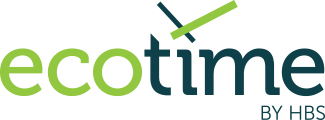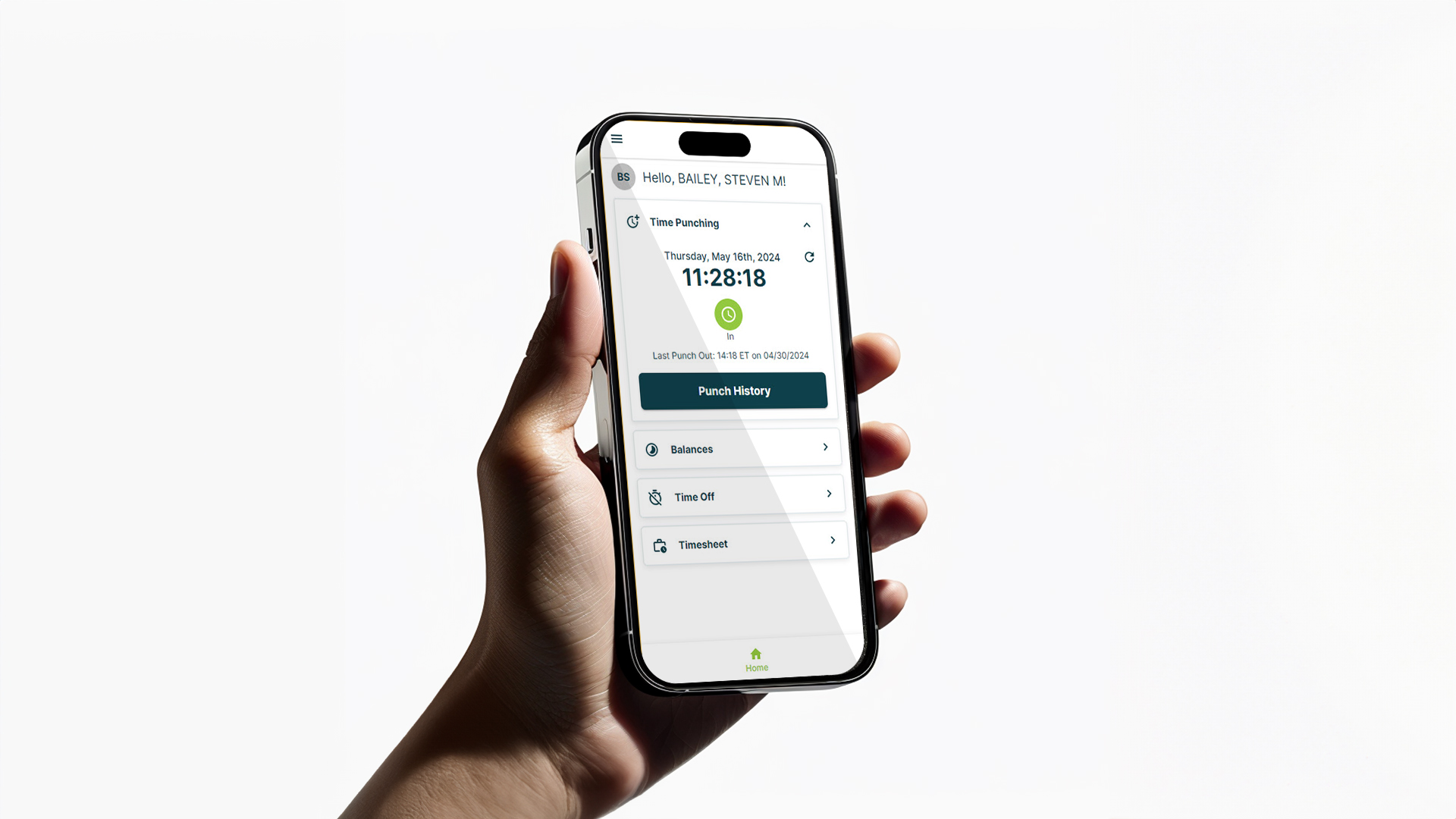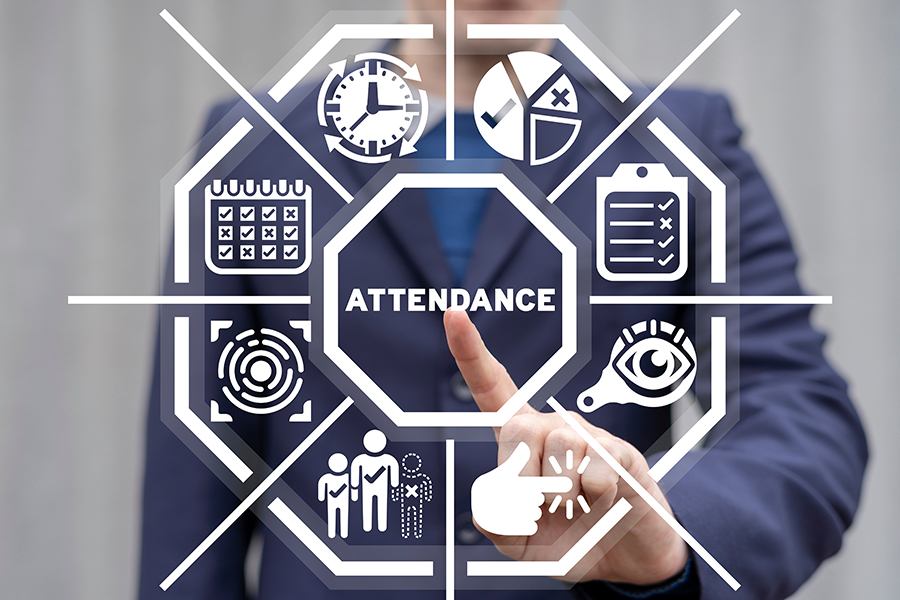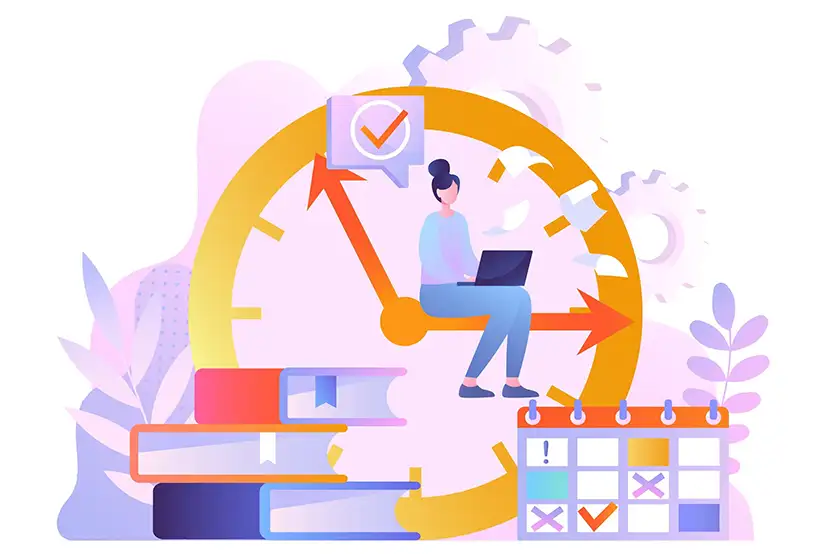How New Time and Attendance Systems are Unraveling the Pitfalls of Homegrown Solutions and Outdated Software
Technology should make an organization’s processes easier, not complicate them. However, outdated or do-it-yourself time and attendance systems often create more work than necessary. Most businesses that implemented these systems years ago also find they are no longer sufficient to keep pace with changes in the workforce and new requirements for a time and attendance system.
Modern systems, on the other hand, are designed to meet even the most complex needs, all while increasing efficiency and productivity. To determine whether it’s time to upgrade your technology, look for these three telltale signs.
1. You’re Using Manual Workarounds and Processes
Since you implemented your time and attendance system, your business and workforce may have grown, your team may have expanded to include both exempt and nonexempt employees, or you may employ union workers or contractors—and complying with regulations like the Family Medical Leave Act (FMLA), has become a lot more complicated.
As a result, your team may use your current system for basic functions but perform paper-based manual workarounds to get information ready for payroll or generate compliance documentation, which increases the risk of errors. If you evaluate your HR department’s workflows and find they include manual processes, it’s time to consider a modern system that will automate data entry, calculations, and business rules and policy enforcement.
Businesses with time and attendance systems developed by their IT teams have additional factors to consider. It’s unlikely that the IT team has the development and compliance expertise to build a system that meets the organization’s current needs. It takes a substantial investment of time and resources to keep the system updated with changing policies and regulations. As a result, the system likely lacks features such as:
- Accrual tracking
- FMLA tracking and reporting
- Self-service options for time-off requests
- Coding time to specific projects
Transitioning to a comprehensive solution from a leading vendor is often the best choice when you consider the costs, development, maintenance time, and agility you need to respond to future workforce and regulatory changes.
2. Your System is No Longer Supported
Software must be maintained and tested with each update to ensure it performs correctly and keeps data secure. Older versions of software will reach a point where the vendor ends support, meaning you will no longer receive patches to fix security vulnerabilities or updates for use with new operating systems. Continuing to use the system can lead to slowdowns, inconsistencies, and errors. It can also be a source of frustration for employees, resulting in decreased trust in the system—and possibly, more workarounds.
Homegrown systems can also reach a point where the system just isn’t being properly supported. The developers who built it may resign or retire, taking their knowledge about the system with them and creating technical debt and security vulnerabilities that the current IT team can’t eliminate with confidence.
When you know your software is no longer maintained and patched, it presents a natural decision point. Continuing to use the outdated system creates liability and risks, not only to your time and attendance data but to your entire business if a hacker breaches the system. It is critical to transition to a fully functional time and attendance system that keeps data secure.
3. Your System Can’t Integrate with Modern Solutions
The most efficient businesses eliminate data silos and allow information to flow freely to the people, processes, and systems that need it. HR, financial, payroll, and project tracking systems should all be able to effectively share data. For example, if there is a termination or supervisor change, the timekeeping system should automatically update.
Homegrown solutions and outdated software may lack standardized APIs and interfaces, making integration with other systems difficult. The disconnect leads to redundant data entry, increased risks of errors, and a lack of real-time visibility. Time and attendance systems that don’t easily integrate with the rest of your tech stack are increasing HR labor, time, and costs—and replacing them will generate quick ROI.
A Simple Solution for Your Increasingly Complex Environment
If you recognize that your current software has reached the end of its useful life, you know it’s time for a change. However, the idea of implementing and migrating to a new system may seem daunting.
Fortunately, modern, feature-rich, and scalable time and attendance solutions simplify the transition from your current system and streamline workforce management processes, enhance accuracy, and improve overall efficiency.Take stock of how your current time and attendance system is serving your organization and make a plan for migrating to new technology that will empower your organization in the digital age.












